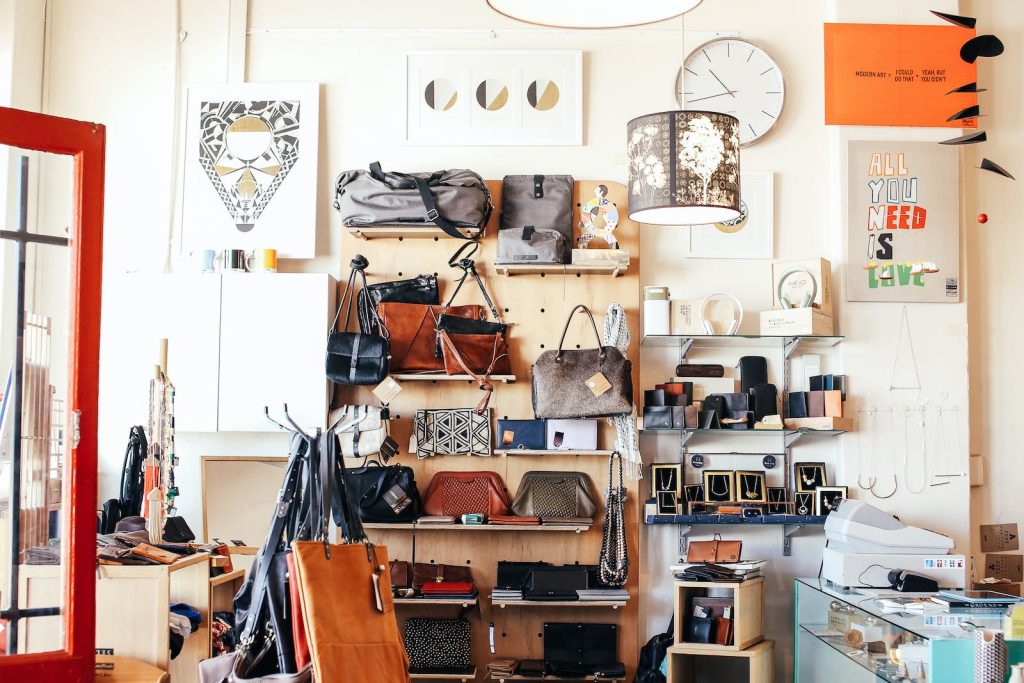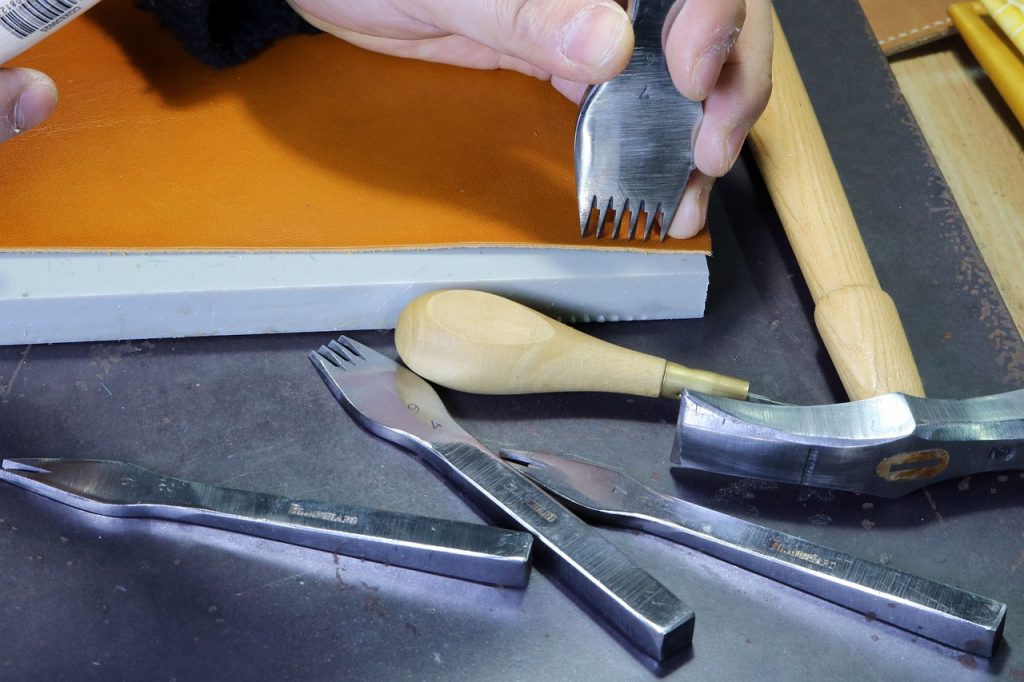
The best country for manufacturing handbags can vary based on several factors including quality, cost, expertise, and specific market needs. The most prominent countries in handbag manufacturing are China, Italy, India, Vietnam, and the USA, each with its unique strengths and weaknesses.
China
Strengths:
- Cost-Effectiveness: China offers competitive pricing due to its large-scale manufacturing capabilities and lower labor costs.
- Supply Chain Efficiency: The well-established supply chain can handle large volumes and offers a variety of materials.
- Rapid Production: Chinese manufacturers are known for their fast turnaround times.
Weaknesses:
- Quality Variations: Quality can vary widely, requiring careful selection and management of manufacturing partners.
- Intellectual Property Concerns: Issues with IP protection have been noted.

Italy
Strengths:
- High-Quality Craftsmanship: Italy is renowned for luxury handbags, emphasizing high-quality materials and craftsmanship.
- Prestige: “Made in Italy” is a coveted label in the fashion industry, often associated with luxury and style.
- Design Expertise: Italian manufacturers are known for their design expertise and innovation.
Weaknesses:
- Higher Costs: The cost of manufacturing in Italy is significantly higher than in many other countries.
- Smaller Scale: Some Italian manufacturers might not be equipped for large-scale production.
India
Strengths:
- Cost-Effective Labor: India offers competitive labor costs.
- Rich Tradition in Textiles: The country has a long history in textile and leather craftsmanship.
- Diverse Materials: Access to a variety of materials, including sustainable and traditional textiles.
Weaknesses:
- Infrastructure Challenges: Logistics and infrastructure can be less reliable than in some other countries.
- Quality Consistency: As with China, the quality can vary, necessitating thorough quality control processes.

Vietnam
Strengths:
- Growing Manufacturing Hub: Vietnam is rapidly becoming a popular alternative to China for manufacturing.
- Competitive Labor Costs: Costs are generally lower than in China, with competitive quality.
- Free Trade Agreements: Vietnam has several free trade agreements, making it an attractive location for export-oriented manufacturing.
Weaknesses:
- Developing Infrastructure: While improving, infrastructure and supply chains are not as advanced as in China.
- Limited High-End Production: Vietnam is still growing in its capability to produce high-end luxury goods.
USA
Strengths:
- Quality and Standards: High standards of production with a focus on quality.
- Quick Turnaround for Local Market: Ideal for serving the US market with shorter lead times.
- Intellectual Property Protection: Strong laws and enforcement for IP protection.
Weaknesses:
- High Labor and Production Costs: Significantly higher costs compared to Asian countries.
- Limited Manufacturing Scale: The scale of handbag manufacturing is smaller compared to Asian countries.

Conclusion
- For High-End Luxury Handbags: Italy is often the top choice due to its unparalleled craftsmanship and prestige.
- For Mass Market Production: China and Vietnam offer cost-effective solutions with efficient production capabilities.
- For Unique or Sustainable Products: India, with its rich textile tradition and diversity of materials, can be a great choice.
- For Quick Market Access in the USA: Domestic manufacturing in the USA offers advantages in terms of speed and IP protection, albeit at a higher cost.
When choosing a country for handbag manufacturing, it’s crucial to consider the target market, budget, desired quality, and production scale. Building a good relationship with manufacturers and conducting thorough quality checks are essential regardless of the country chosen.